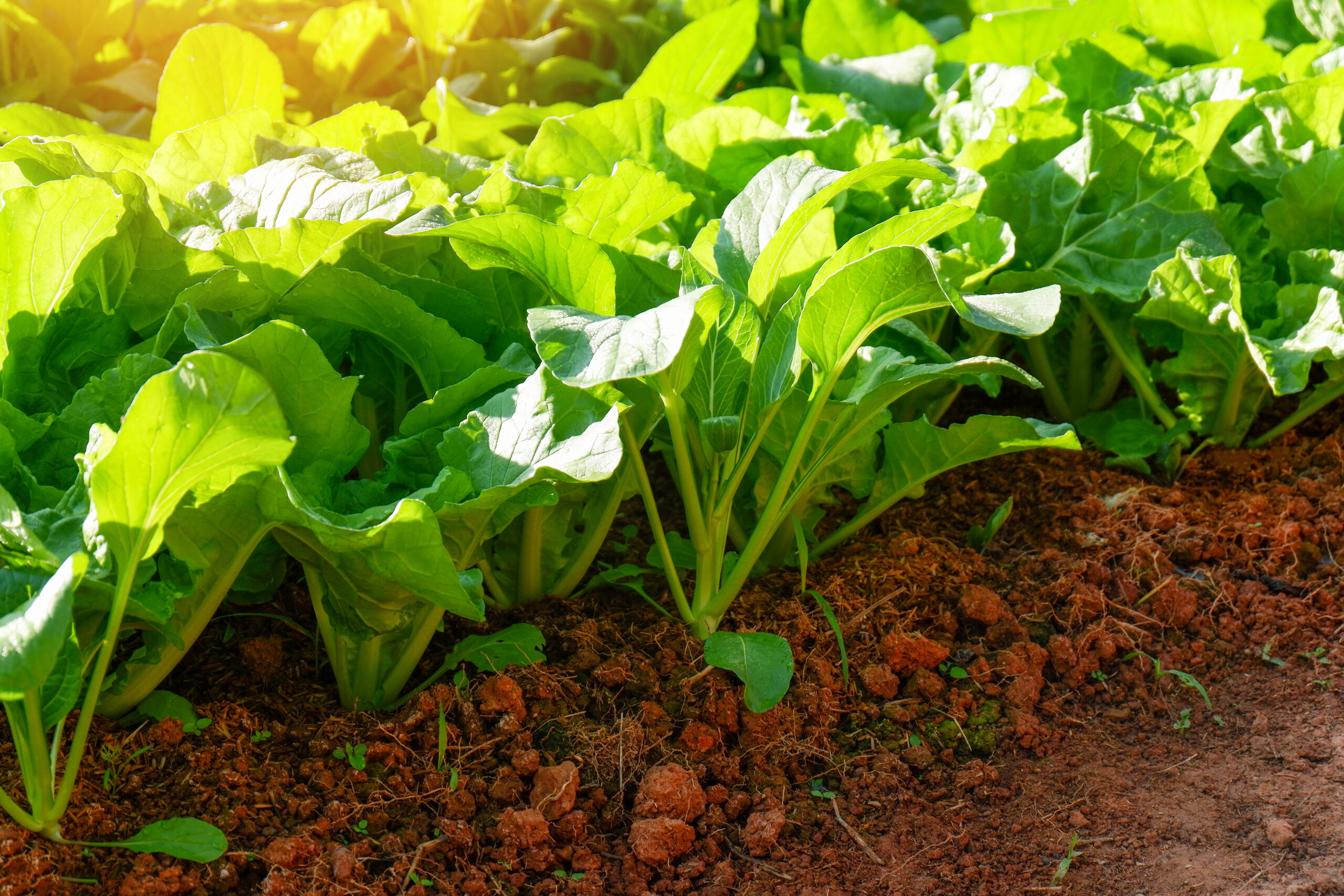9 Best Perennial Vegetables That Come Back Year After Year
Want to plant once and harvest for decades? Perennial vegetables are your garden’s secret weapon—low-maintenance, resilient, and packed with flavor. Unlike annual crops, these edible plants return season after season, saving you time while providing fresh harvests year after year.
Whether you’re building a sustainable garden, reducing grocery trips, or just love fresh homegrown produce, this list of the best perennial vegetables to grow will help you create a thriving edible landscape.
—
Why Grow Perennial Vegetables?
Perennial vegetables are ideal for gardeners who want longevity, productivity, and less yearly effort. Once established, they require minimal upkeep and reward you with delicious harvests for many years. They also:
Improve soil health over time
Encourage pollinators and beneficial insects
Reduce garden waste and replanting costs
Provide early and late-season harvests
Ready to get planting? Here are 9 perennial vegetables that offer incredible value and flavor.
—
1. Asparagus
A Long-Term Investment Worth the Wait
Best for: Temperate climates
Time to harvest: 2–3 years
Lifespan: 20+ years
Asparagus is the poster child of perennial veggies. Though it takes a few years to establish, once it does, you’ll enjoy tender spears every spring for decades. Plant crowns in well-drained soil with plenty of sun, and avoid harvesting too much in the early years to allow strong root development.
Target keywords: asparagus perennial, growing asparagus from crowns, long-term garden crops
—
2. Rhubarb
Tart, Tasty, and Tough as Nails
Best for: Cooler zones
Harvest time: Spring and early summer
Technically a vegetable (though often treated as fruit in pies), rhubarb thrives for decades with little care. Its vibrant stalks add a pop of color to your garden and a zesty tang to desserts. Just remember—only the stalks are edible; the leaves are toxic.
Target keywords: rhubarb plant care, is rhubarb a perennial, how to grow rhubarb
—
3. Globe Artichokes
A Showstopper with Edible Flowers
Best for: Mild winters (Zones 7+)
Harvest: Spring to early summer
These striking plants don’t just look great—they also serve up meaty flower buds that are rich in antioxidants and fiber. In warmer climates, globe artichokes behave like true perennials and return bigger each year.
Target keywords: artichokes perennial zone, globe artichoke growing tips
—
4. Jerusalem Artichoke (Sunchoke)
A Nutty Root That Multiplies Easily
Best for: Most U.S. zones
Harvest: Late fall after frost
A sunflower relative with edible tubers, sunchokes are prolific and hardy. Their nutty flavor makes them great roasted or sautéed, and once you plant them, they’ll keep coming back—sometimes a bit too enthusiastically—so plant with care.
Target keywords: sunchoke growing guide, Jerusalem artichoke tubers, perennial root vegetables
—
5. Walking Onions (Egyptian Onions)
The Onion That Moves Around
Best for: All zones
Unique trait: Self-propagates by “walking”
These quirky onions are a garden conversation starter. Instead of forming seeds, they grow small bulbs at the tops of their stalks, which fall over and take root—hence the name “walking onions.” You can eat the greens, bulbs, or top sets, making them incredibly versatile.
Target keywords: Egyptian walking onions, perennial onion types, self-spreading vegetables
—
6. Good King Henry
A Forgotten Green Worth Rediscovering
Best for: Shaded or semi-shaded areas
Flavor: Mild, similar to spinach
An old-time kitchen garden staple, Good King Henry provides edible shoots and leaves that can be steamed or sautéed. It’s hardy, easy to grow, and thrives in less-than-ideal conditions, making it a great choice for permaculture gardens.
Target keywords: Good King Henry plant, perennial leafy greens, shade-tolerant vegetables
—
7. Sorrel
A Tangy Green That Comes Back Early
Best for: Early spring greens
Flavor profile: Lemon-like, bright, and tart
Sorrel adds a unique zing to salads, soups, and sauces. It’s one of the first greens to pop up in spring and continues to produce through early summer. A little goes a long way—just a few plants can provide generous harvests.
Target keywords: sorrel growing tips, tangy garden greens, perennial salad greens
—
8. Sea Kale
Hardy, Beautiful, and Edible
Best for: Coastal or sandy soils
Edible parts: Leaves, shoots, flower buds
Sea kale is a perennial powerhouse that’s both ornamental and edible. Its bluish foliage and white blossoms attract pollinators, while its shoots and leaves make delicious additions to meals. It can survive tough winters and still bounce back strong.
Target keywords: sea kale cultivation, edible coastal plants, sea kale recipes
—
9. Lovage
A Celery-Like Herb with Big Flavor
Best for: Seasoning soups and stews
Height: Can reach over 6 feet tall
If you love the flavor of celery but want something lower maintenance, lovage is your herb. Every part of the plant is edible, and its strong aroma makes it ideal for broths, stocks, and herbal blends. It’s highly productive and spreads easily.
Target keywords: lovage herb uses, perennial culinary herbs, celery alternative plant
—
Final Thoughts: Start Your Perennial Garden Today
Planting perennial vegetables is a smart investment for gardeners seeking sustainability, flavor, and ease. From bold-flavored walking onions to classic asparagus, these long-lasting crops can anchor your garden for years.
Start small with a few favorites and watch your edible landscape grow stronger season after season.
—
Want more gardening tips? Subscribe for updates on seasonal planting, soil health, and eco-friendly growing strategies!

